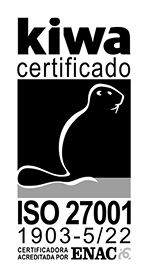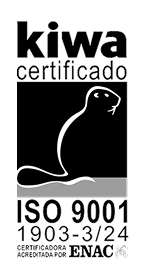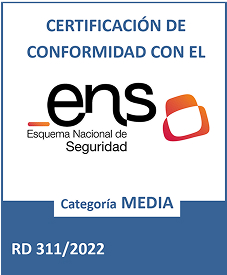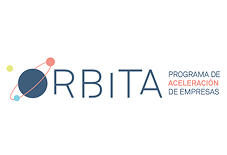Digital accessibility isn’t a luxury; it’s an obligation that’s already affecting companies across all sectors with the new accessibility regulations.
Why is web accessibility already a legal obligation in the European Union?
In the European Union, digital accessibility has become a reinforced obligation through several key regulations. Directive (EU) 2016/2102 on the accessibility of public sector bodies’ websites and mobile applications established minimum requirements to ensure inclusive digital access by public administrations.
Subsequently, the European Accessibility Act (EAA) — Directive (EU) 2019/882, which came into force on June 28, 2025, extended these obligations to the private sector.
The decisive step was taken with Law 11/2023, which transposes Directive (EU) 2019/882 (European Accessibility Act), which came into force on June 28, 2025. .
Private companies with fewer than 10 employees and an annual turnover below €2 million (micro-enterprises) are exempt from some obligations, but for the rest, compliance is mandatory.
What accessibility regulations apply in the European Union?
The main legal and technical frameworks for digital accessibility in the EU are:
- Directive (EU) 2016/2102: regulates the accessibility of websites and mobile applications of public sector bodies.
- Directive (EU) 2019/882 — European Accessibility Act (EAA): sets requirements for digital products and services in the private sector.
- Regulation (EU) 2019/2026: concerning cooperation between national authorities on enforcement of accessibility rules.
- WCAG 2.1 AA: the Directives require technical compliance based on these international guidelines.
National laws transposing these directives in each member state, adapting sanctions and enforcement procedures.
What does accessibility regulation require in the EU?
The European regulation requires websites and apps to meet criteria such as:
- Perceptible content: alternative text for images, subtitles for videos, clear and adaptable structure for screen readers.
- Operable interface: keyboard navigation, sufficient time to interact, avoid elements that may trigger seizures.
- Understandable content: clear language, precise instructions, and predictable web behavior.
- Robust design: compatibility with different devices and assistive technologies.
Consequences of not complying with the regulations
Non-compliance may lead to sanctions that vary by member state, including:
- Significant financial fines, potentially reaching hundreds of thousands of euros depending on the country and severity.
- Obligation to remove inaccessible digital services or products and suspension from public tenders and loss of public contracts.
- Reputational damage and loss of customers due to exclusion of people with disabilities.
Real examples in the European Union
- Spain: The airline Vueling was fined €90,000 in 2023 for accessibility deficiencies on its website, including missing alternative texts and contrast issues (source: GNDiario).
- Germany: Banking sector companies have received enforcement notices to adapt their apps to accessibility standards under regulatory supervision.
- France: Digital platforms have been fined for failing to meet accessibility criteria required by the French digital accessibility law (Loi n° 2005-102).
- .
It can also happen to smaller, lesser-known companies. For example, an e-commerce company that has 11 employees and had a turnover of just over 2 million euros last year. After an inspection, they found that he didn’t include subtitles in his promotional videos or ARIA tags on his purchase forms, so he could receive a minor fine (remember that this can be up to €30,000 depending on the case).
Avoid these penalties: Check your website’s accessibility level now with our free audit.
Quick checklist to comply with EU accessibility regulations
Some of the requirements you must meet are:
✅ Alternative text for all images and visual elements.
✅ Subtitles and transcripts for videos and audios.
✅ Fully functional keyboard navigation (no mouse required).
✅ Adequate color contrast.
✅ Forms with clear labels and understandable error messages.
✅ Consistent and hierarchical heading structure (H1, H2, H3, etc.).
✅ Compatibility with screen readers and other assistive technologies.
✅ Simple and clear language, avoiding unnecessary technical jargon.
How to adapt without complications
Complying with accessibility regulations doesn’t have to be complicated:
- Accessibility audit to identify barriers (check the status of your website for free by requesting our audit at this link).
- Technical adaptation following UNE-EN 301549 and WCAG 2.1 AA.
- Testing with real users with disabilities (our tool is tested and rated by them).
- Continuous monitoring to ensure compliance is maintained.
At Accesit Inclusivo, we make it easy: our Acctua tool allows your website to be more accessible immediately, without redesigning it, while complying with regulations and improving the experience for all users.








